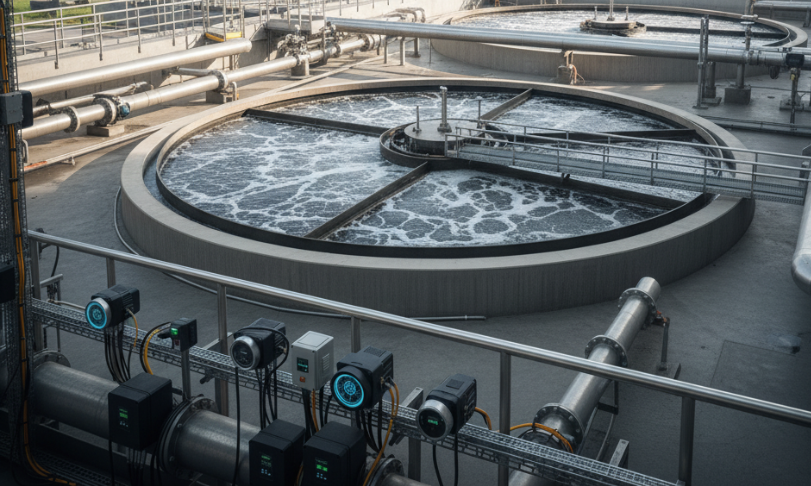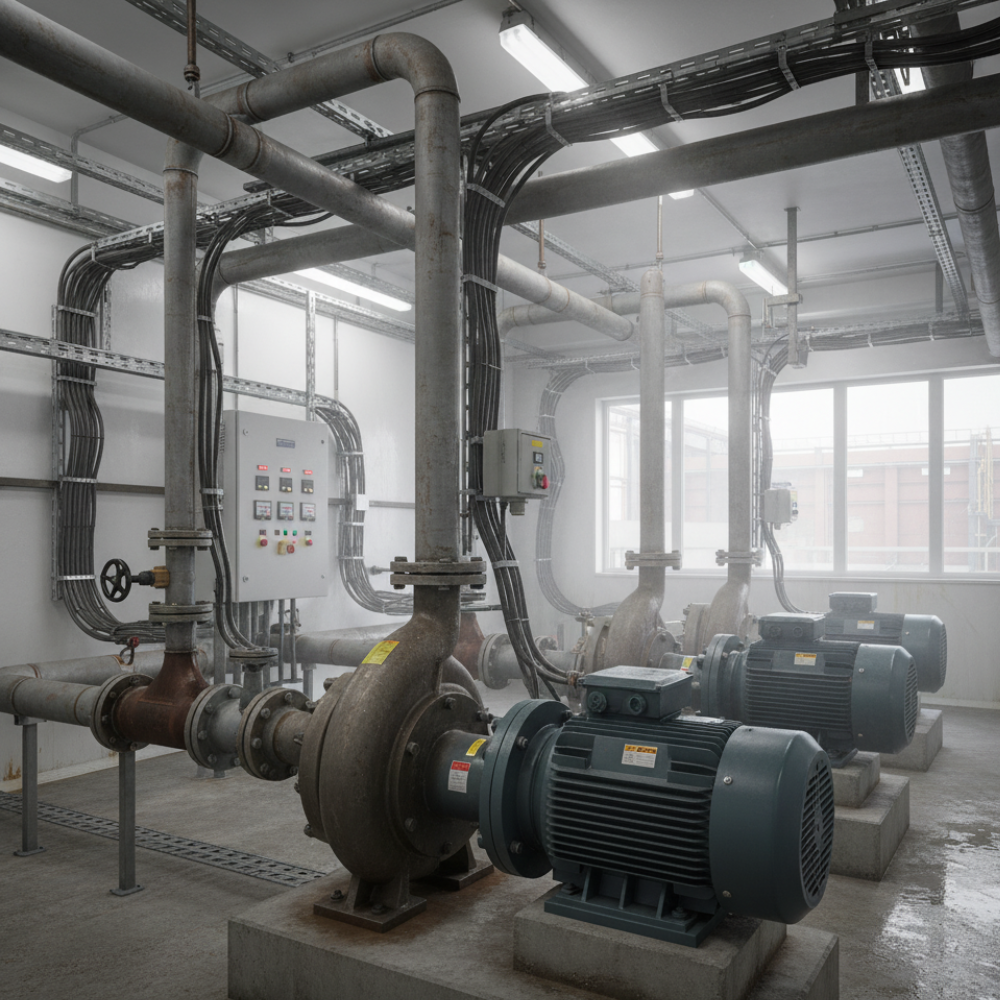Frequently Asked Questions
1. What are the fastest wins among energy optimization tools for wastewater operations?
Metering and benchmarking to identify major loads, tightening aeration DO setpoints, and installing VFDs on pumps often give the quickest returns. Start with low-cost operational changes while planning capital upgrades.
2. How much energy reduction can I realistically expect?
Site-dependent. Typical ranges: 10–40% on aeration with modern control; 5–25% on pumping with VFDs and control; 5–20% overall when EMS and scheduling are applied. Published case studies and reviews provide similar ranges.
3. Do small plants benefit from advanced digital tools?
Yes, but the right approach differs. Small systems should prioritize metering, basic automation, and vendor-managed services or cloud tools that reduce on-site staffing needs. EPA and Better Buildings resources include low/medium system pathways.
4. How should I prioritize investments in energy optimization tools for wastewater operations?
Use a two-track approach: (1) low-cost operational and equipment fixes with short paybacks (VFDs, setpoint tuning); (2) strategic digital investments (EMS, MPC) for continuous improvement. Always start with measurement and a simple business case.




